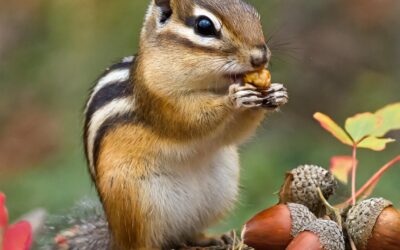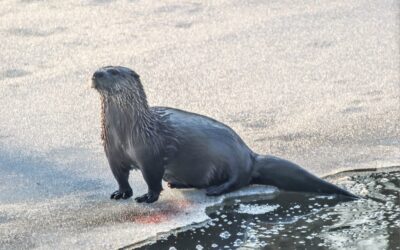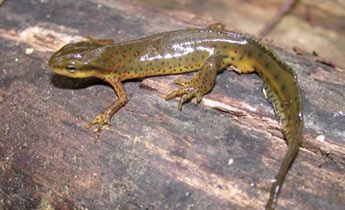Do you ever pause as you journey through a landscape to really observe the layers before you? If not, next time you find yourself walking in the forest or paddling in a quiet stream, know that learning more about what layers natural occur in theses landscapes will enhance your depth of observation and understanding in what you are viewing. Your walk and/or paddle may just be the best one yet as you begin to learn and observe what’s really happening right before your eyes.
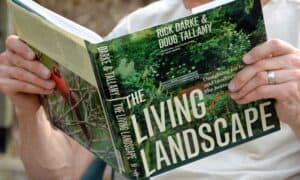
In a fantastic resource by Rick Darke and Doug Tallamy, “The Living Landscape” they have broken down these landscape layers into two types of literal layers or rather layers that can easily be discovered by the naked eye. These layers are vertical and horizontal (lateral) layers. Vertical layers include: Canopy, Understory trees, Shrubs, Herbaceous Plants, and Ground layers while horizontal (lateral) layers include: Dynamic edges, Wet edges, Wetlands, Meadows and Grasslands.
Vertical Layers:
Canopy – Look to the treetops! This is a favorite view for many of us. Looking to the sky while walking in a forest or alongside is just breathtaking. Observing the canopy will reveal that there are no two trees alike. What is happening way up high has a huge impact on what one will find below.
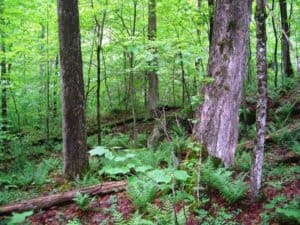
Understory Trees – This layer contains two groups. One group contains just shorter-growing trees! The second group is made up of canopy tree species that have not yet had the chance to attain full canopy height. This group is very important for a future, healthy canopy. When a canopy tree has reached the end of its life, an understory tree is not far behind in replacing it ensuring the vitality of that particular landscape is not drastically disrupted.
Shrubs – Although this layer may seem fairly self-explanatory and of no real excitement, this layer is very important to wildlife. Providing fruits, seeds, foliage, and berries along with protection, this layer is critical to the life below the leaves and within the layers of a landscape. A biodiverse shrub layer is also indicative of what type(s) of wildlife species thrive there.
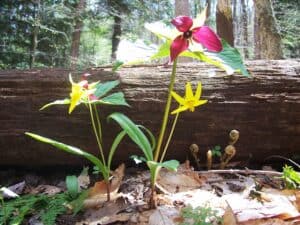
Herbaceous Plants – This layer is from the ground to about hip-height or 4ft. Typically thought of as just the flower-zone, there is much more to it. While these plants take up nitrogen while they are growing, as they decompose, the nitrogen is then released back into the soil to then be used by the layers that are growing above them.
The Ground Layer – To many, this is considered the litter layer. Not to be confused with trash, let’s call this layer full of “Duff – an alternative term referring to dead plant material that has accumulated on the ground.” (Darke & Tallamy, p.47). A soil scientist breaks down this layer into 5 levels or horizons. O horizon is the organic layer and made up of the material that is still recognizable along with the beginning layer of decomposition known as humus. A horizon is defined as the topsoil level where one finds a high mineral content. B horizon is the subsoil with little organic matter. C horizon is where you find partially broken down rock. R horizon is the bedrock layer.
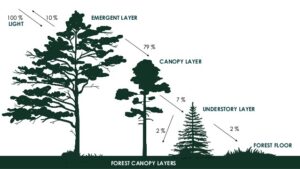
Horizontal Layers:
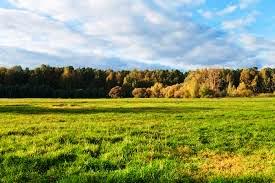
The Dynamic Edge – Simply stated, this is the transitional zone between two habitats or ecosystems. “In temperate North America, the transition from woodland interior to wetland, meadow, or grassland is among the most dramatic and most ecologically dynamic
of all.” (p.53)
Wet Edges – Many may wonder why this layer is important enough to have its own name. This layer is where one finds some of the most intriguing and interesting happenings in nature. When flora and fauna can’t immerse themselves completely into a forest or water setting, these wet edge layers can be considered their happy places. From hunting perches to nutrient pools to needing wet toes but not fully full immersed feet, these wet edges have such diverse offerings to many and are certainly layers worth spending time observing.
Wetlands – This layer, for many years was been deemed insignificant. Unfortunately, their unpopularity left them victim to being drained and not recognized for their true worth. Fast forward to more current times, they are now renowned for their many attributes in benefiting healthy water systems and wildlife. Although not commonly found in residential landscapes, these layers have much to share! From thriving plant species to glimpses of uncommon wildlife species, if you have the opportunity to explore a wetland, you won’t be disappointed!
Meadows and Grasslands – This lateral layer is most commonly the direct result of clearing an expansive area for agricultural and industrial purposes. Typically, meadows and grasslands come about when the intended use of that area (agricultural or industrial) changed scope and was then left to return to a natural state. Most of these layers or habitats are transitional and full of life. Eventually, woody vegetation will take over and become the leaders within this ecosystem. In the interim, these vibrant, unbalanced systems have a diverse makeup of flora and fauna and are a treat to observe in all seasons!

